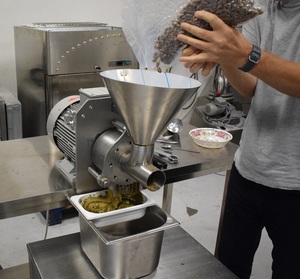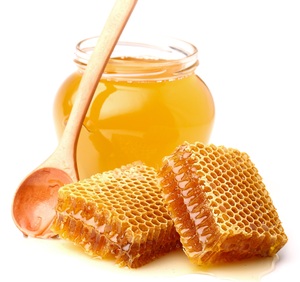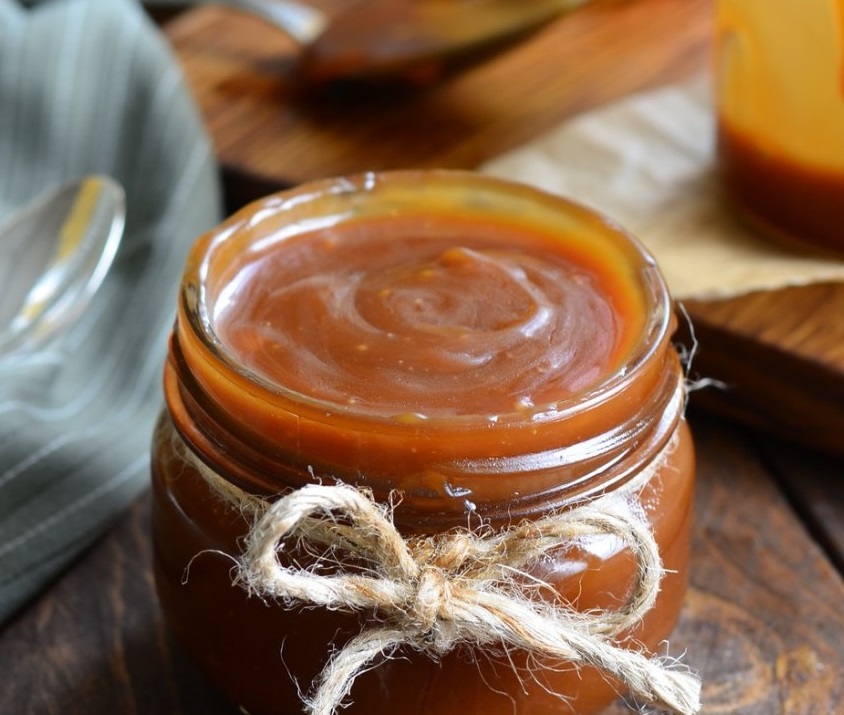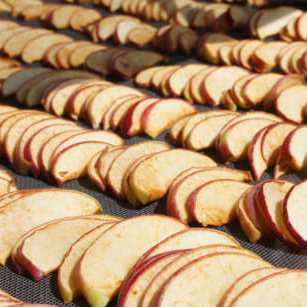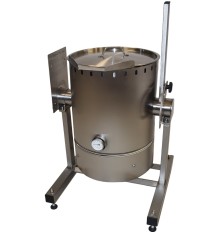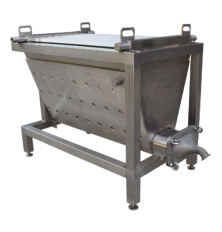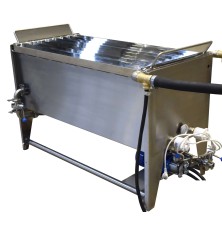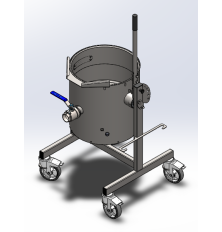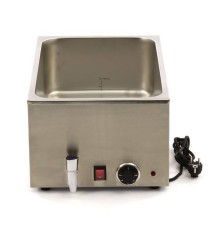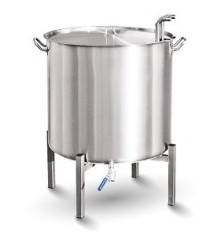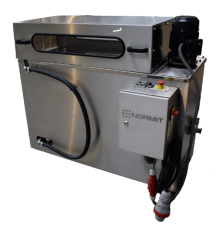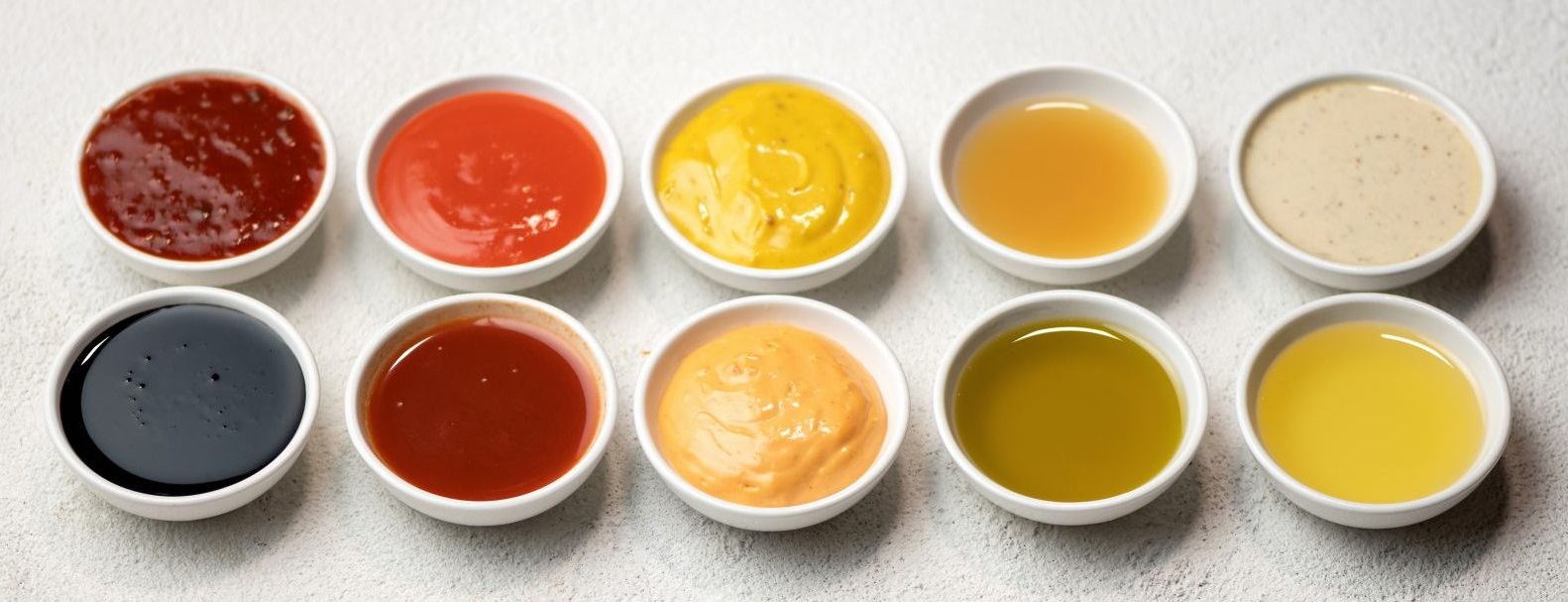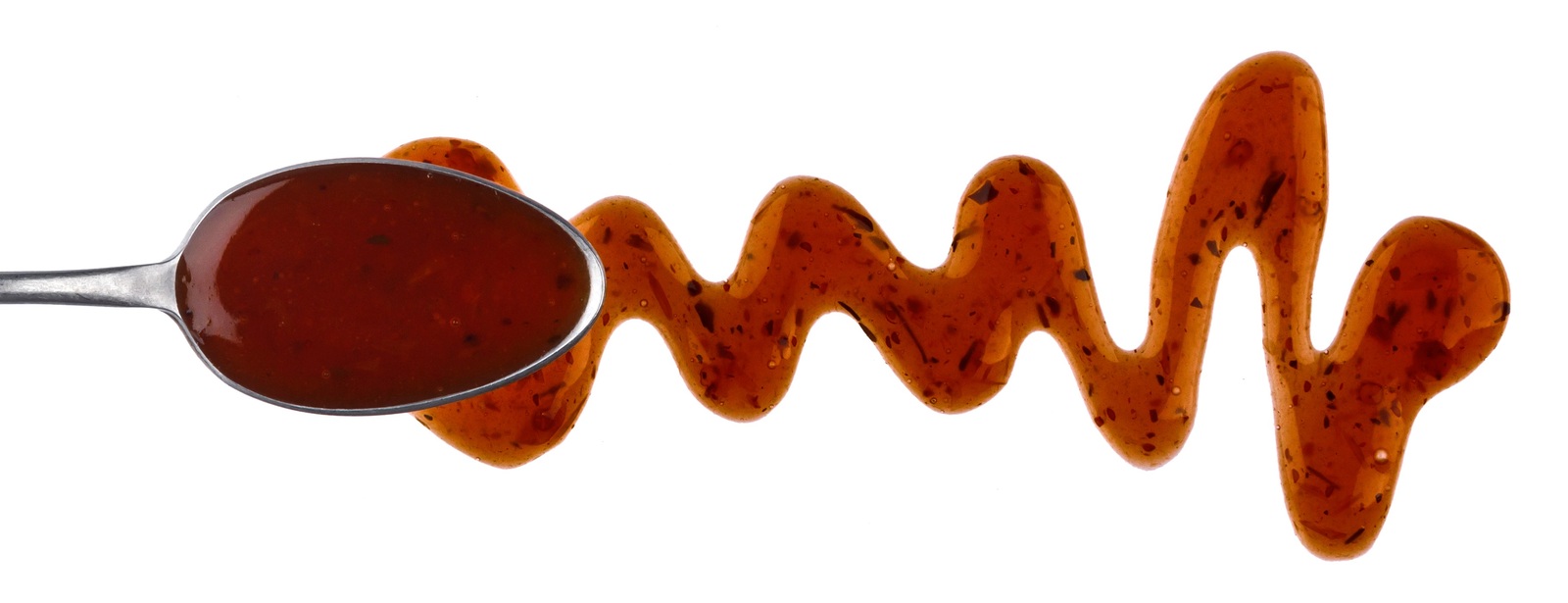MELTERS
Melters for efficient heating and melting in food processing
Melters in food processing are used to melt various substances, including fats and oils like butter or margarine, as well as frozen blocks of juice or sauces, by heating them and transforming them from a frozen state into liquid components suitable for further processing. These machines help achieve the desired temperature while melting food products without overheating them and compromising their structure. This guide explores the function of melters, their benefits, and their applications in the food and related industries.
What are melters?
Melters are specialized machines designed to efficiently liquefy solid fats, oils, and melt frozen blocks of liquid ingredients, including those with solid inclusions. They maintain a stable temperature during the melting process, preserving the beneficial qualities and nutritional properties of the ingredients.
Advantages of using melting machines
- Homogeneous Melting: Melters ensure even and consistent melting of fats, oils, and other ingredients, reducing the risk of burnt or unevenly processed materials.
- Enhanced Flavor Infusion: The controlled melting process allows for better infusion of flavors and aromas, enhancing the overall sensory experience of food products.
- Texture Improvement: Melted fats, oils, and other substances contribute to desirable textures in products, such as a creamy or smooth consistency.
- Accurate Temperature Control: Crucial for preserving the integrity of delicate ingredients and ensuring consistent results.
Applications in food processing
Melters are used across various food production and industrial applications:
- Bakery and Pastry: Essential for preparing doughs, batters, and other pastry products with fats, contributing to improved texture and flavor.
- Confectionery: Used by chocolatiers for tempering and mixing fats with chocolate, ensuring a glossy finish and perfect crystallization.
- Juice and Beverage Production: Melters can be used to thaw and process frozen blocks of juice and other liquids, streamlining the preparation process.
- Sauces and Dressings: Facilitate the thawing of sauces and dressings, keeping them smooth and emulsified, enhancing both taste and visual appeal.
- Frying: Provide a consistent supply of molten fats or oils, which is crucial for continuous frying systems.
Partnering with FoodTechProcess for melting solutions
FoodTechProcess offers a range of fat melting machines tailored to different products in the food, cosmetics and other industries. These melters ensure optimal results for melting fats, such as butter, and maintaining them in a liquid state for extended periods. Contact us at FoodTechProcess to choose the right melting machine for your production needs.
Electric fat melter (butter melter) ŌĆō is a batch-type machine used for melting solid, frozen blocks of fat, animal fats and vegetable oils, frozen juices, chocolate and glaze, as well as maintaining them in a molten state in the container. It is possible to use it for melting refractory fats due to the high heating temperature of up to 200 degrees!
- Built-in powerful 2.6 / 5 / 6.5 kW electric heating
- Multi-stage switch with 7 heating intensity levels
- Professional, stainless steel thermometer for measuring the temperature in the product
- Compact support structure on height-adjustable legs / optional wheel support
- Three tilt positions of the working container for convenient unloading of the product
- Principle of operation: Batch mode
- Volume: 50l/ 100l
- Total power, kW: 3,5/ 6,5
- Voltage: 380-400V
The fat melter refers to periodic equipment designed for the preliminary melting and mixing of both crystallized honey and frozen blocks of fat or oil. This installation combines thermal and mechanical effects on the product and can also function as a feeding device for loading and feeding dense products for further processing.
- Highly Efficient Combined Processing of Products: Thermal and Mechanical Effects
- Universal heat carrier source (steam/water).
- No pump required; the mixing device functions as a screw pump.
- Large area for laying out the product blocks ŌĆō ensuring high productivity.
- Material: Stainless steel
- Principle of operation: Continuous mode
- Country of origin: Slovakia
- Volume: 400l/ 1000l
- Total power, kW: 1,1/ 2,2
- Voltage: 380-400V
The cost is specified for the basic modification without a heating system
Fat block melters are designed for melting frozen, solid blocks of animal or vegetable fat, as well as maintaining them in a molten state at a specified temperature. We produce models with the option to connect steam as a coolant to the melting grid, separate electric heating systems, or configurations with built-in electric heating for supply into the jacket and melting grid.
- Large area of the melting grid where the coolant circulates
- Special shape of the melting grid, cutting blocks during melting
- Greater versatility in terms of the coolant and its source
- Mirror surface of the melting grid, ensuring high hygiene
- Material: Stainless steel
- Principle of operation: Batch mode
- Country of origin: Slovakia
- Volume: 200l/ 300l/ 500l/ 1000l
The ghee making machine is a compact, electrically heated tilting unit designed for melting and clarifying butter to produce high-quality ghee. It gently separates milk solids and water from butter, leaving behind pure, aromatic clarified fat. The machine ensures uniform heating, 6 stage heating control, and easy drainage of separated water through the integrated bottom outlet valve.
- Integrated outlet valve for easy separation and drainage of water and residues.
- Tilting design for convenient emptying and cleaning.
- Multi-stage heating control up to 200 ┬░C for effective butter clarification.
- Stainless steel construction ensuring hygiene and durability.
- Compact design with adjustable support or mobile wheel frame.
The price is indicated without gastro containers
Use this all-stainless steel water bath for gradual heating or cooking. The device is equipped with a practical drain tap for easy emptying of the container and is suitable for use with gastronorm containers.
- Compact installation
- Simple controls
- Safe operation
- Wide range of applications
- Material: Stainless steel
- Principle of operation: Batch mode
- Voltage: 220-230V
Normelt C is a compact machine for efficient industrial melting of solid fats of vegetable and animal origin.
- Material: Stainless steel
- Principle of operation: Batch mode
- Country of origin: Slovakia
- Geometric volume: 100 l
Fat block melter Fastmelter refers to the equipment of periodic action for melting butter and other frozen fats within the food industry.
- Material: Stainless steel
- Principle of operation: Batch mode
Intense fat melting machines MixMelters are designed for melting frozen, solid blocks of animal and vegetable fat such as butter and margarine as well as to maintain them in a melted state at a given temperature. Working volume up to, l: 200 l.
- Material: Stainless steel
- Heating power, kW: 12/ 24/ 48
- Principle of operation: Batch mode
- Country of origin: Slovakia
- Working volume: 200 l













